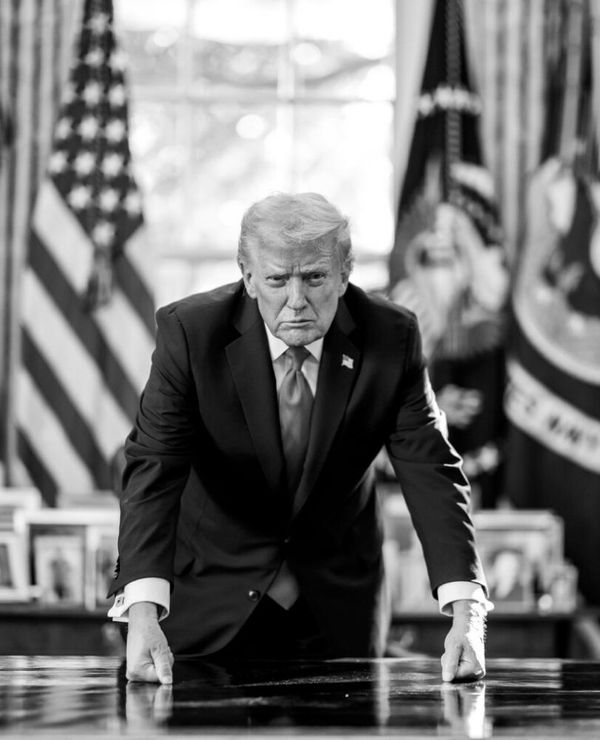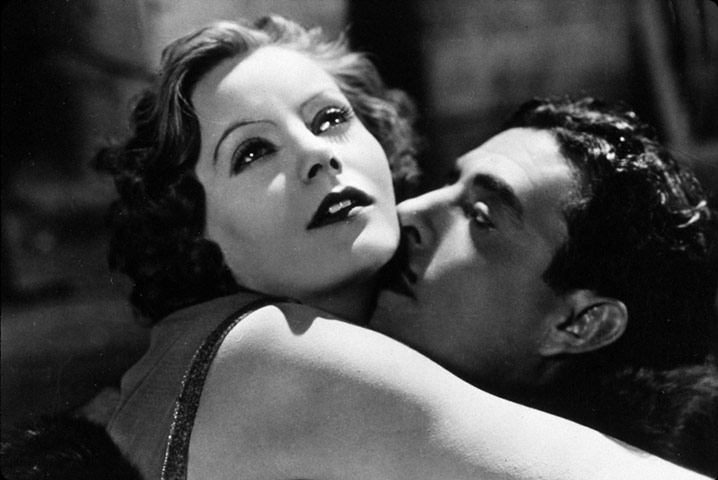
The most discussed film at Cannes this year, Michel Hazanavicius’s The Artist, a pastiche of a monochrome Hollywood movie of the 20s, has created a welcome new interest in the silent cinema. It’s probably inspired by real-life lovers John Gilbert, whose star waned when the talkies came, and Greta Garbo, who became even more successful when her first sound film proclaimed “Garbo talks!”. She made one film in her native Sweden and a second in Germany before coming to Hollywood. The camera loved her, and she made 10 silent films in five years, the greatest being Flesh and the Devil (1926) Photograph: SNAP/Rex Features
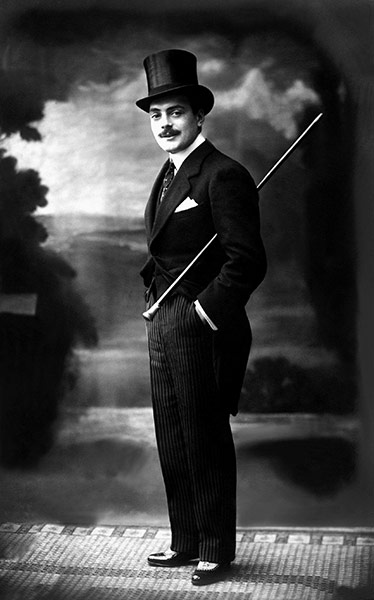
This French comedian turned to the cinema in 1905, creating the first widely popular comic character “Max”, an aristocratic, skirt-chasing boulevardier. He was much admired by Chaplin, who gave him a photograph signed: “To Max, the professor, from his disciple Charles Chaplin.” Seriously wounded in the great war, he suffered from depression and experienced failure in the US. But in the early 20s and with Chaplin’s help, he made two classics in Hollywood, Seven Years Bad Luck and the Dumas parody, The Three Must-Get-Theres. He killed himself in Paris aged 41 Photograph: Cinetext/Allstar Picture Library
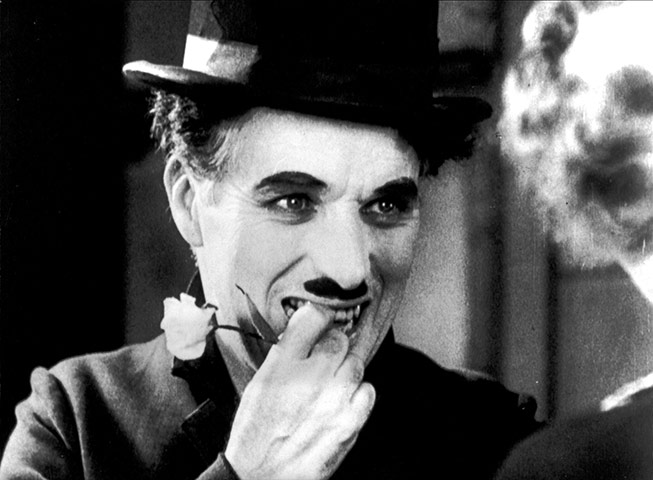
Following a Dickensian working-class childhood in London, Chaplin became a music hall star before finding overnight success in 1914 as an inventive director-star in Hollywood. His tramp persona – bowler hat, baggy trousers, outsize boots, moustache, funny walk – made him the most famous man who ever lived, and one of the richest. After a decade making shorts, he produced feature films in his own studio, most famously The Kid, The Gold Rush and City Lights, and was the only film-maker able to ignore the coming of sound. A complex genius, he’s among the greatest artists of all time Photograph: Allstar Picture Library
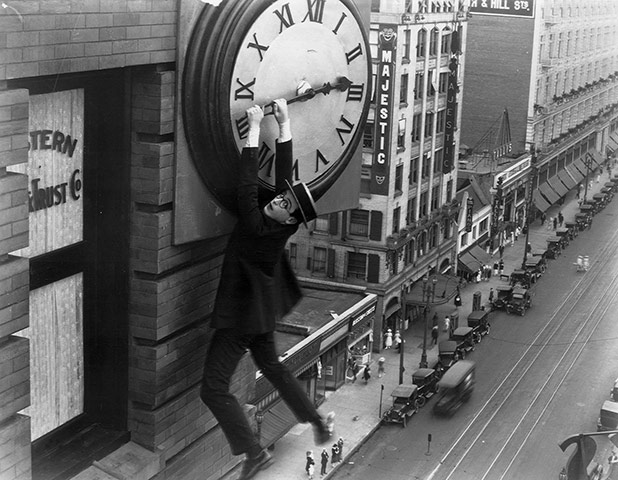
Son of a Californian pool hall manager, Lloyd entered films as a teenager at the fun factories run by Hal Roach and Mack Sennett, and in 1917 invented a screen persona that lasted him for life – that of a sympathetic, slightly naïf middle-class go-getter wearing a suit, tie, boater and horn-rimmed glasses. He owned what he produced and became rich. In his best, most famous movie, the magnificent Safety Last (1923), he plays an accident-prone small-town boy in New York. Its climax sees Lloyd ascending a skyscraper Kong-style, one of the scariest, funniest sequences ever made Photograph: Allstar Picture Library
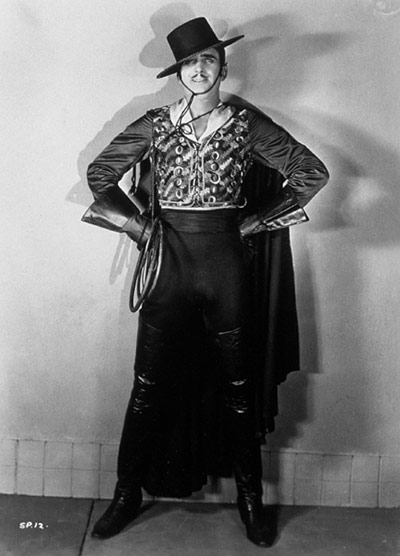
The handsome son of a Jewish lawyer, Fairbanks achieved success as the ideal, all-American boy on Broadway. On screen, he first played athletic, devil-may-care types, then switched to being a swashbuckling hero in tongue-in-cheek adventure yarns such as The Mark of Zorro, Robin Hood, The Thief of Bagdad and The Black Pirate. His second wife was fellow star Mary Pickford and in 1919 they joined Chaplin and DW Griffith in creating United Artists, giving rise to the quip that “the lunatics have taken over the asylum” Photograph: SNAP/Rex Features
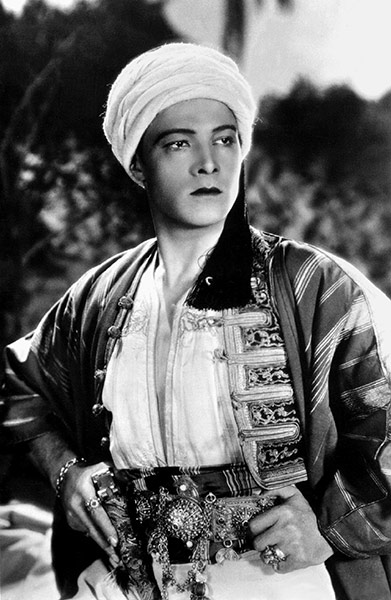
The son of a military vet, Valentino drifted from Italy to Hollywood, working as a dancer and gigolo. After specialising in oily villains, he found overnight stardom as the Argentinian hero of the first world war epic The Four Horsemen of the Apocalypse (1921). Featuring a famous tango, it’s his best film. Often a parody of what people think of as silent movie acting, Valentino became an exotic heart-throb with gleaming eyes and flaring nostrils, in The Sheik, Blood and Sand and Monsieur Beaucaire. His sudden death at 31 created a wave of hysteria that remains unmatched Photograph: Allstar Picture Library
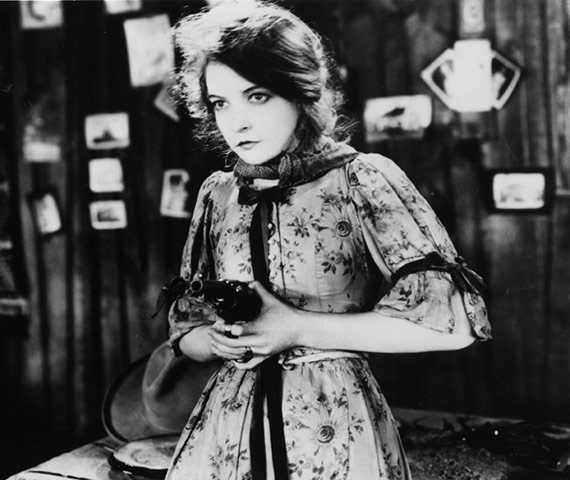
The career of Lillian Gish (and that of her younger sister, Dorothy) was bound up with DW Griffith, under whose direction she worked from 1912 to 1921 in The Birth of a Nation, Intolerance, Way Down East and other classics, becoming arguably the greatest film actress of the time. She brought an ethereal openness to her work, a combination of vulnerability and resilience, which is to be seen at its finest in masterpieces directed by Swedish film-maker Victor Sjöström: The Scarlet Letter (1926) and The Wind (1928), an overwhelming psychological drama about an eastern woman marrying a tough farmer in the desolate west Photograph: Ronald Grant Archive
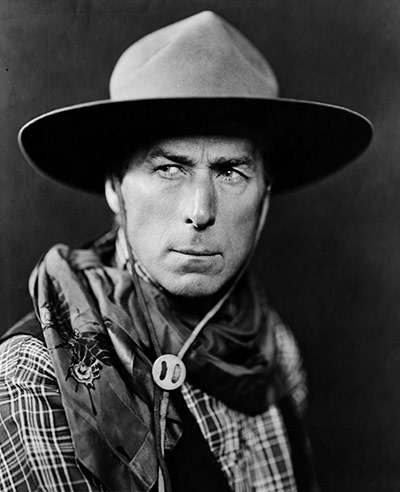
Although born in New York, the serious, leathery Hart grew up travelling the late 19th-century west with his father, an itinerant miller. So when after some years on Broadway he entered film, aged 49, he brought profound personal knowledge of the old frontier to the western, giving the genre an uncommon realism and moral power. He embodied “the good-bad man”, a figure in search of redemption, and reached his peak with Hell’s Hinges (1916) and The Toll Gate (1920), and he bowed out in 1925 with the epic Tumbleweeds. He was the pre-eminent silent westerner, a forerunner of Cooper, Fonda and Scott Photograph: John Springer Collection/Corbis
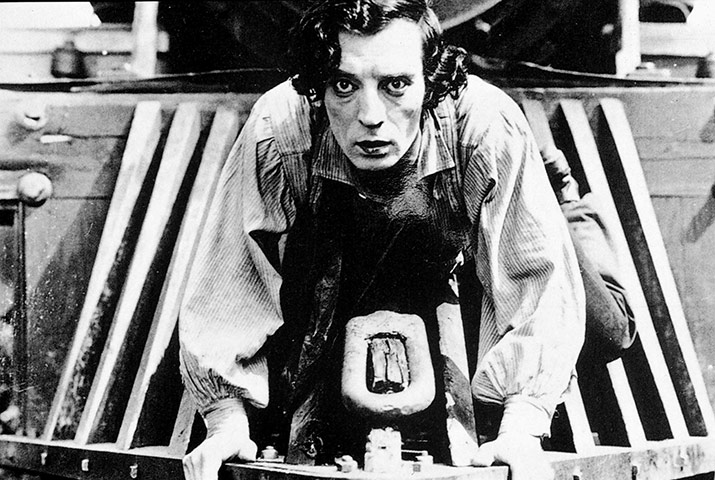
On stage from the age of three, Joseph Frank Keaton was nicknamed Buster by Houdini, He was the youngest, most cinematically inventive and endearing of Hollywood’s three greatest silent comics (the others being Chaplin and Lloyd), and the only one to experience post-stardom obscurity, though, fortunately, his films were discovered and his reputation restored in the 1960s. The stone-faced Buster was the determined, dedicated everyman, a Sisyphus who sometimes manages to get his stone over the hill. His finest films – The Play House (1921), Sherlock Jr (1924) and the railroad epic The General (1926) – are unsurpassed Photograph: Allstar
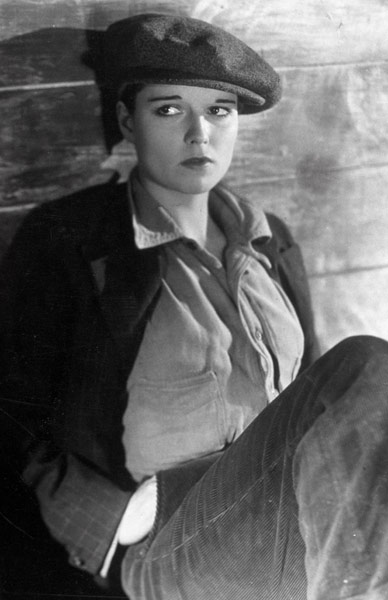
A small-town Kansas girl, Brooks came to Hollywood via Broadway chorus lines and was cast in flapper comedies before appearing in William Wellman’s Beggars of Life (1928) as a fugitive disguised as a boy and living among hobos. But her reputation rests on two silent German classics, GW Pabst’s subtle, mature Pandora’s Box and Diary of a Lost Girl (both 1929), reflecting the corrupt Weimar republic. Her dark bobbed hair, the perfect complexion, the infinitely expressive face and graceful movement made her a much-imitated fashion icon. Back in America, she became a recluse and wrote a splendid memoir Photograph: SNAP/Rex Features





